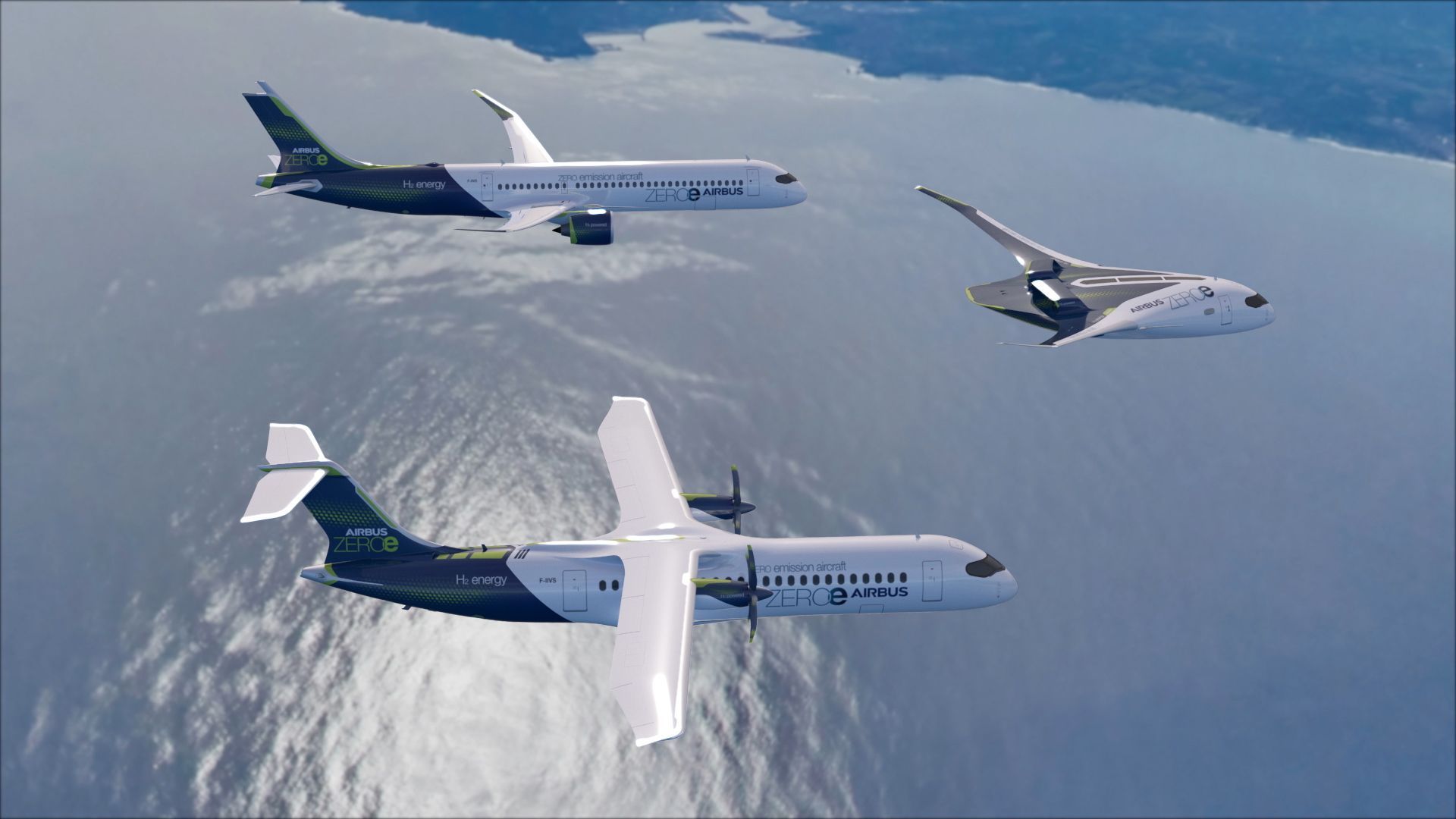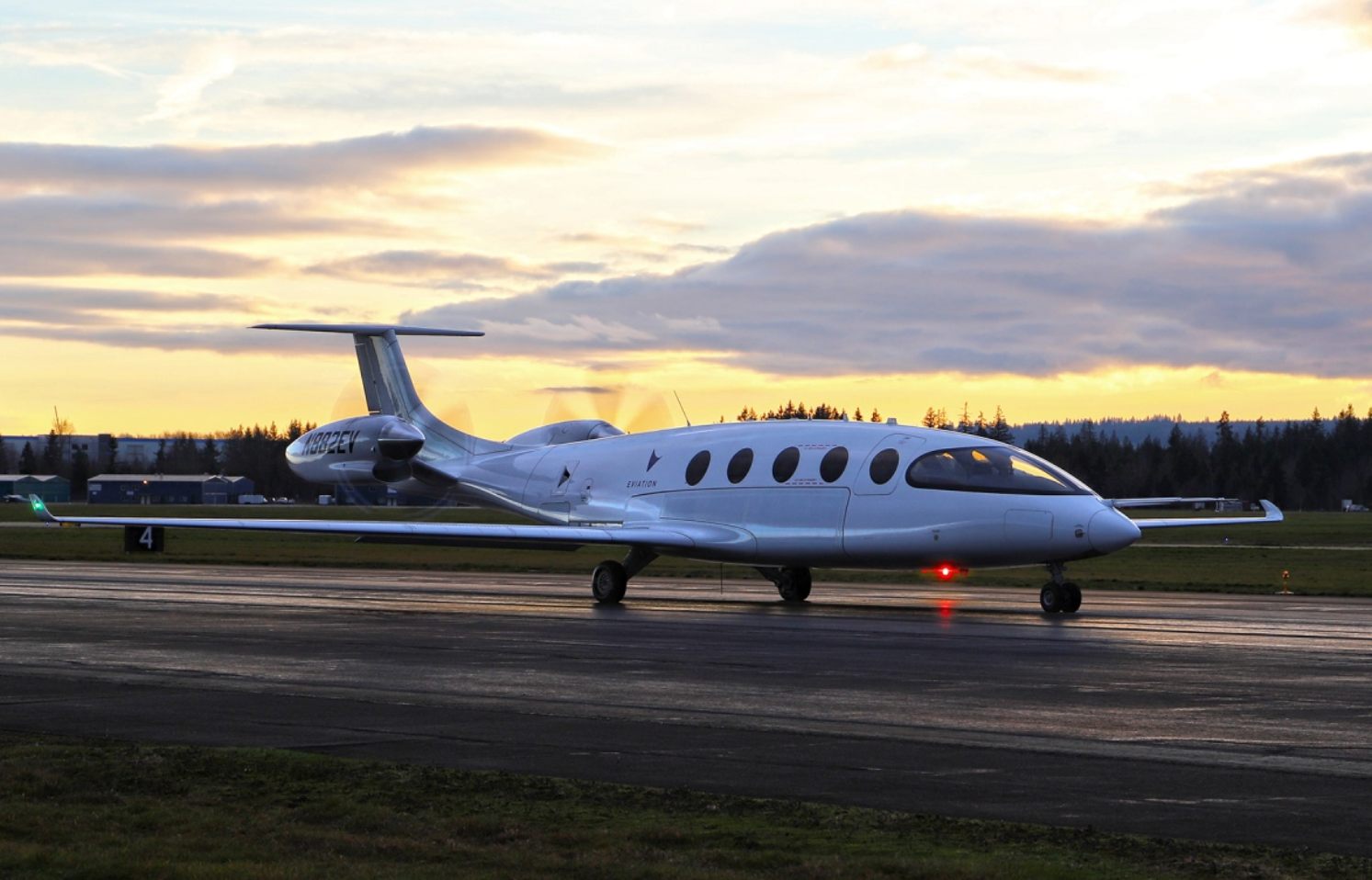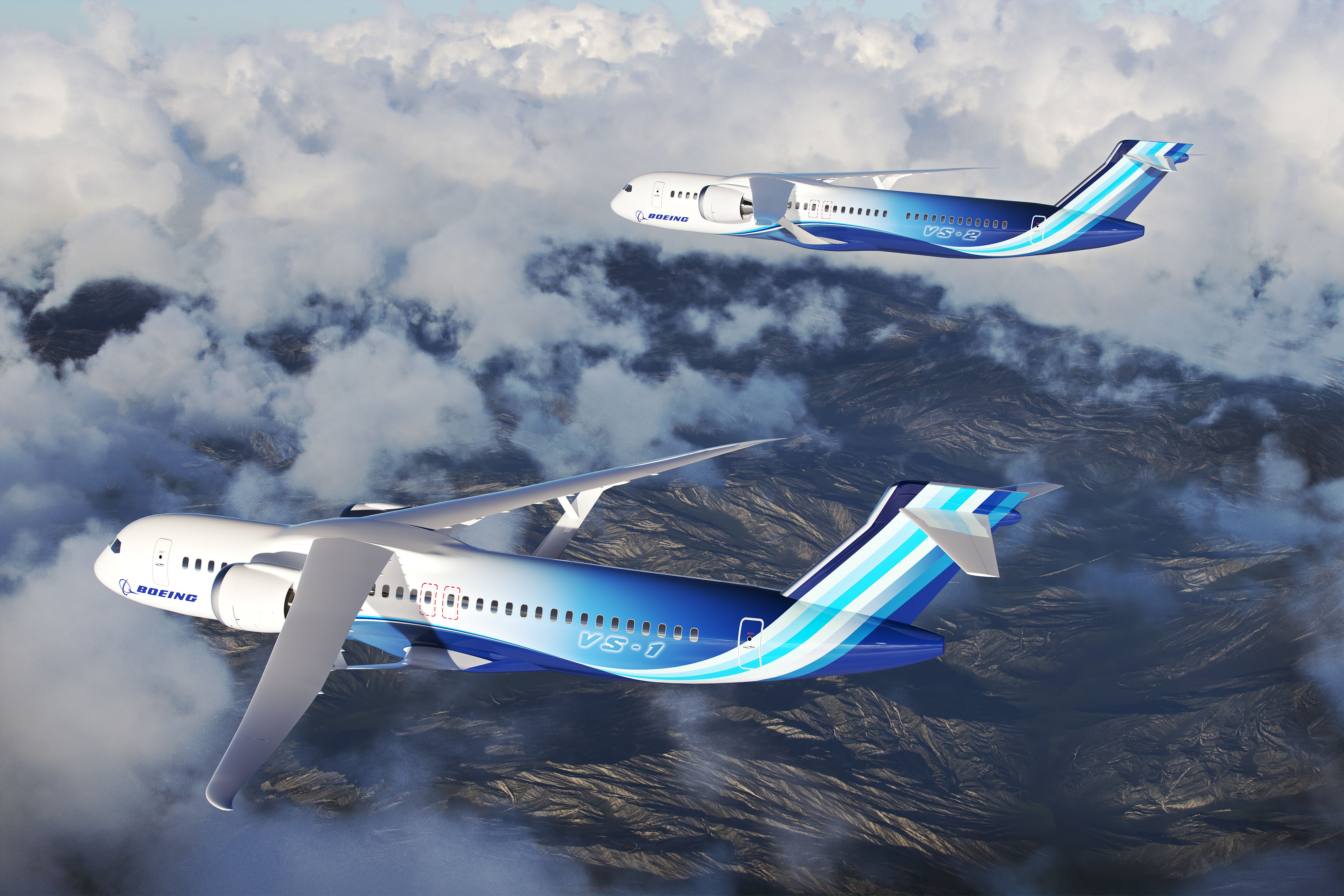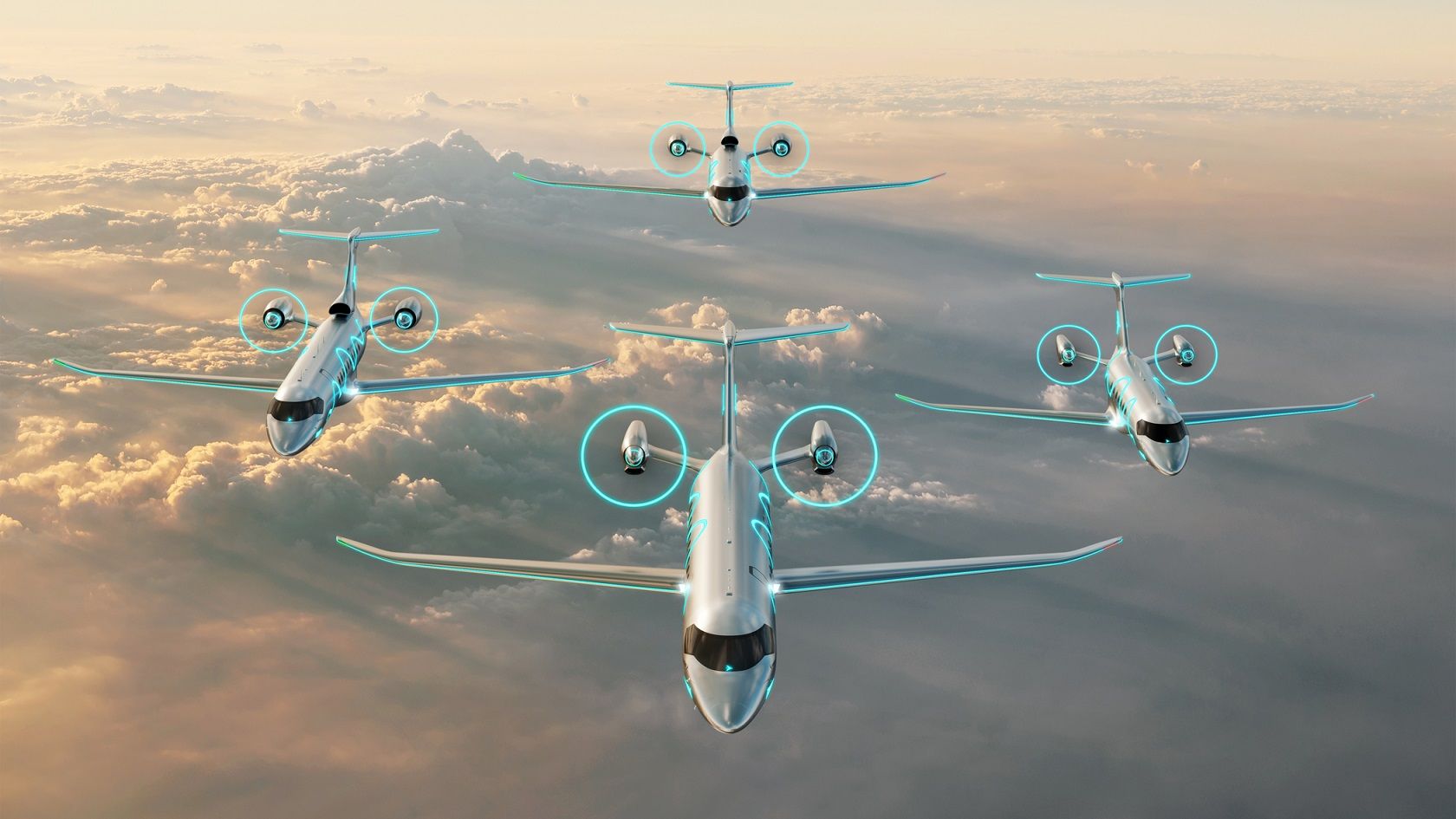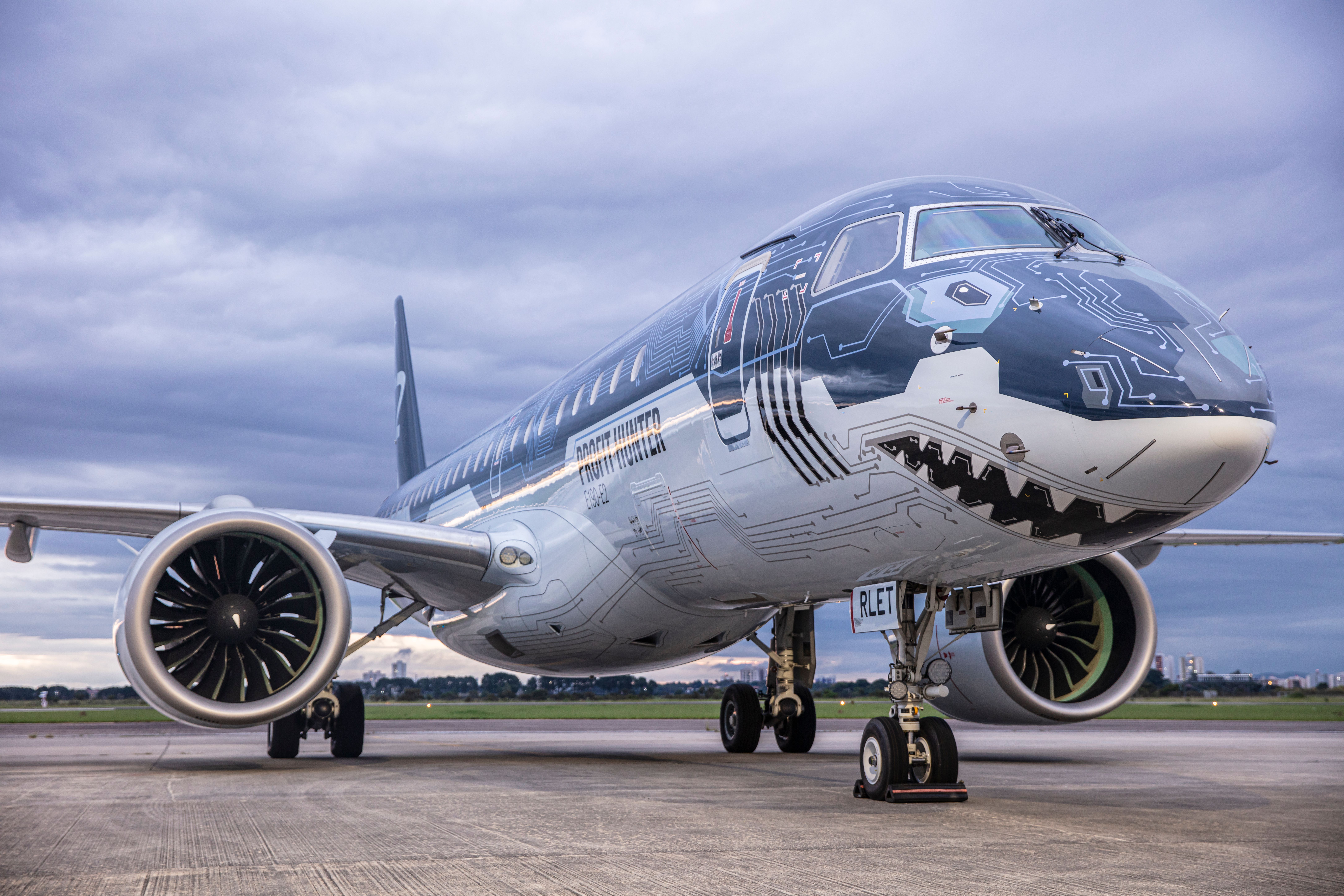Although accounting for only a small portion of overall global emissions, the aviation industry is making strides in reducing its carbon footprint. And we’ve come a long way, especially in the world of sustainable aviation fuel (SAF), gaining more traction each year. But if we are to truly ‘go green’ by 2050, it will take more than just SAF; today, we will see what else is in store for the coming decade, beginning with a small jet on track to be certified in just two more years.
Eviation Alice
Promising to “launch a new era of more sustainable, scalable, and affordable transportation,” US-based Eviation has produced a completely electric passenger aircraft, the Alice. Slated to receive certification in 2025 and begin operations by 2027, Alice will be deployed on many regional or domestic routes worldwide.
Carriers ranging geographically from North America to Europe to Oceania have already placed orders for dozens each, and we wait in anticipation of the launch. In terms of performance, the manufacturer claims it can travel at 260 knots, up to 250 nautical miles, and carry a 2,500 lb (1,134 kg) payload, perfect for hops at or below the two-hour range.
Boeing x NASA’s Sustainable Flight Demonstrators
As reported in January this year, the National Aeronautics and Space Administration (NASA) has chosen Boeing as their partner for a public-private project for a net-zero aircraft. The two will bring a full-scale Transonic Truss-Braced Wing (TTBW) plane to fruition, innovating the narrowbody market concerning sustainability. Their concept involves wing design enhancements to significantly reduce drag and cutting-edge propulsion systems, with total emission reductions of 30% compared to Boeing’s 737 MAX or Airbus’ A320neo family. Of course, the project is still in its early stages, and we won’t see a first flight until at least 2028, but it will be intriguing to see how they eventually overcome the design challenges that lie ahead.
Get all the latest aviation news right here on Simple Flying!
Embraer Energia Electric Designs
Next in line, with multiple launches in the 2030s, are the Brazilian manufacturers’ all-electric airliner concepts. While Embraer has already promised to bring 100% SAF operation by the turn of the next decade, they aren’t stopping there. A couple of years ago, they announced lower capacity electric aircraft, but in December, just a few months ago, they added to this, saying they are working on 19 and 30-seater hybrid-electric and hydrogen-electric propulsion versions.
The Energia Hybrids, E19-HE and E30-HE, should arrive early in the 2030s, using parallel hybrid-electric technology to reduce CO2 emissions by nearly 90%. Their Energia H2 Fuel Cell E19-H2FC and E30-H2FC airliners, on the other hand, are entirely zero CO2 designs, with an expected ready time of 2035.
Airbus’ ZEROe Initiative
To round off the list we have another small family of airliners, this time from the major European manufacturer, also scheduled for a 2035 release date. According to its website, Airbus boldly states, “our ambition is to develop the world’s first hydrogen-powered commercial aircraft by 2035.” And we hope to see it happen; not only do they show designs for standard-looking turbofan and turboprop airliners, but also a blended-wing body (BWB) aircraft. The turboprop is expected to hold no greater than 100 passengers and have a 1,000 nautical mile or greater range, while the turbofan and BWB will double these stats for capacity and range.
In terms of technology, for the turbofan, a liquid hydrogen storage and distribution system will be located behind the rear pressure bulkhead, feeding into two hybrid hydrogen engines. Of course, the difference for the turboprop is two eight-bladed propeller hybrid engines to provide ample thrust. The BWB likewise features two hybrid engines, though liquid hydrogen will be stored underneath the wing structures on either side.
Which are you looking forward to the most? Or perhaps there’s another zero-carbon concept aircraft you have in mind? Let us know in the comments below!
Sources: Airbus, Embraer, Eviation, Robb Report

